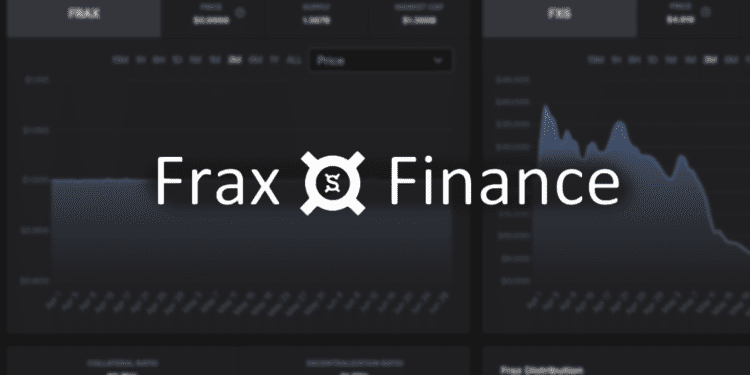“The world’s first fractional-algorithmic stablecoin” is the first thing that pops up at the first mention of Frax. Launched in 2020, Frax is a relatively young stablecoin ranking fifth by market cap in its category, at the current value of approximately $1.4 billion. Being decentralized, it emphasizes a highly autonomous algorithmic approach governed by the community and functions thanks to an interplay between Frax (FRAX), the stablecoin, and Frax Shares (FXS), similarly to how Luna backed UST. What differentiates this stablecoin is that it is partly supported by collateral and partially stabilized algorithmically. Read on for a deep dive into this stablecoin as part of our “All eyes on stablecoins series.”
Founded by Sam Kazemian, an American software programmer, the Frax Protocol took inspiration from an academic paper published in 2014, “A note on cryptocurrency stabilization: Seigniorage Shares,” and launched in 2020.
The project follows a fractional-algorithmic model, making it a first of its kind, whereby a percentage of the stablecoin is backed by collateral, and the rest is supported algorithmically. This model aims to bridge the best of both the overcollateralized (e.g., Dai) and the algorithmic (e.g., terraUSD) worlds while attempting to bypass their shortcomings.
The collateral ratio in the Frax model, the amount of collateral held vis-à-vis the algorithmic ratio, is not fixed. When the price of Frax drops under $1, that ratio increases, and when the cost exceeds $1, it decreases. Therefore, the ratio depends on the expansion or retraction of Frax. Initially, the project was set off with 100% USDC collateral, and eventually, that power was handed over to the market. When writing, the collateral ratio stands at 89.75%, with the remaining 10.25% stabilizing algorithmically.














